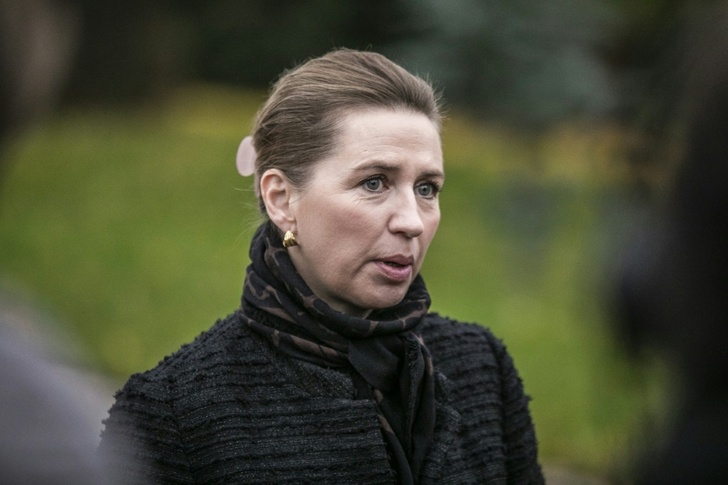Denmark will finally have a new government six weeks after inconclusive elections with a left-right alliance forged after tortuous negotiations, prime minister Mette Frederiksen said Tuesday.
The left-wing Frederiksen told reporters that the political alliance was "what our country needs", following a narrow election victory for her Social Democrats in legislative elections on November 1.
"Both because of the crises we face -- inflation, war in Europe -- but also because we have to make decisions that force us to look at things differently," she said.
The new government team will be announced on Thursday, she said, "made up of the Social Democrats, the Liberals and the Moderates".
She spoke to the press after informing Queen Margrethe of the alliance.
Frederiksen said the new government would have "a lot of compromises, but above all, a lot of ambitions".
The monarch tasked her with trying to form a government in November, after individually meeting the leaders of Denmark's 11 other parties in parliament.
"We are in totally new and unchartered territory," Robert Klemmensen, professor of political science at Lund University, told AFP.
"It's extremely surprising -- no one thought it would be possible to form this government."
- Beyond traditional politics -
The last coalition government between the Social Democrats and the Liberals lasted just nine months, between 1978 and 1979.
But the Social Democrats -- used to leading minority governments -- are by far the largest party with 50 seats out of the 179 in Parliament.
While her government was largely hailed for handling the Covid-19 pandemic, the November election was triggered by the country's so-called mink crisis.
The affair erupted after the government decided in November 2020 to cull the country's 15 million minks over fears of a mutated strain of the novel coronavirus.
The decision turned out to be illegal, and the Social Liberal party propping up Frederiksen's minority government threatened to topple it unless she called early elections to regain voters' confidence.
The Social Liberals paid a price for the gamble, losing nine of their 16 seats.
In contrast it was the Social Democrats' best election outcome in two decades, and allowed Frederiksen to enter negotiations from a position of strength.
Frederiksen and her Social Democrats had said even before the vote that it wanted to govern beyond traditional divisions.
They had to negotiate with the main Danish party on the political right, the Liberal Party, and the newly-formed centrist party, the Moderates, created by former prime minister Lars Lokke Rasmussen.
The Moderates won more than nine percent of votes and Rasmussen insisted he wanted to be "the bridge" between the left and right.
The far-right has heavily influenced Danish politics in recent decades -- but three populist parties together won just 14.4 percent of votes and have had little influence on the negotiations.
cbw/map/rox/ach
© Agence France-Presse
Your content is great. However, if any of the content contained herein violates any rights of yours, including those of copyright, please contact us immediately by e-mail at media[@]kissrpr.com.
Source: Story.KISSPR.com

